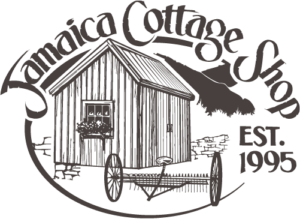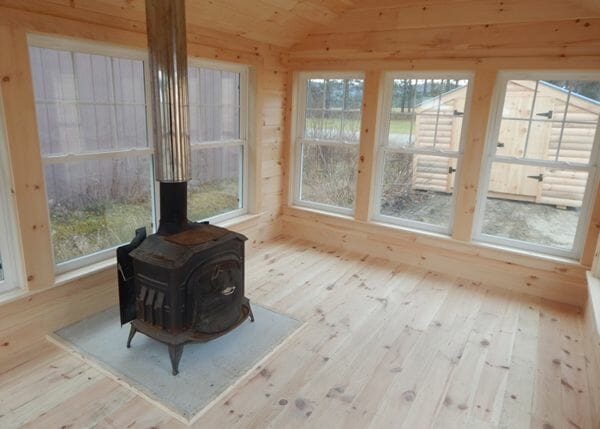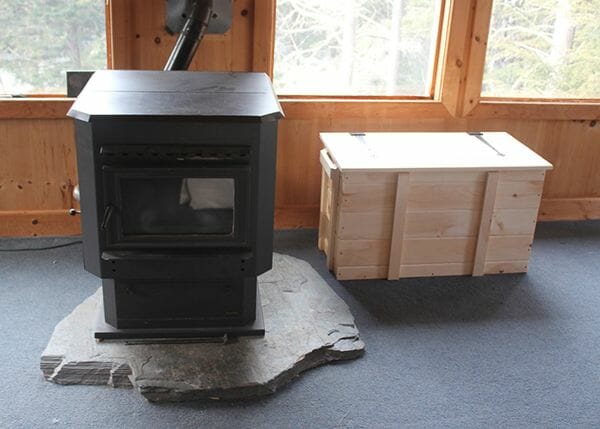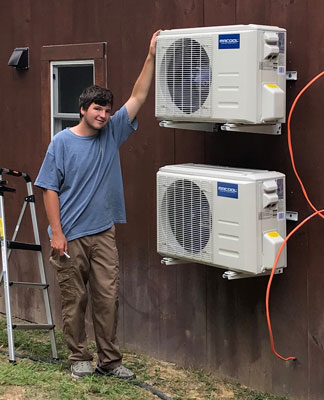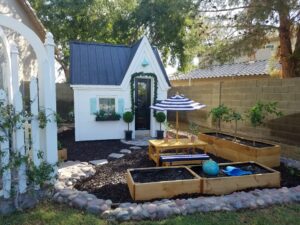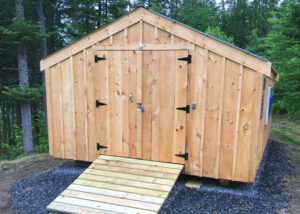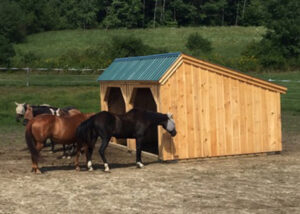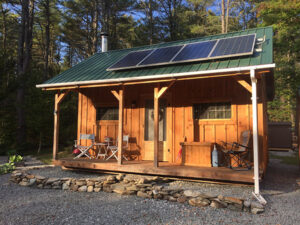When the air starts to feel crisp and morning frost layers the ground, that means it’s time to start thinking about heating your home. I know many in New England hold out on touching their thermostats for as long as possible. But for Northerners, snow and freezing temps are inevitable. There are only so many layers of long johns, alpaca sweaters, bunny slippers, and knitted throws that can be adorned before frostbite starts settling in. Luckily, with all the innovation happening in sustainable home heating technology, there is no longer a need to torment your household with a 60-degree thermostat limit from December through February.
Why You Should Want to Use Sustainable Heating Methods
Electric and heating bills are usually the most costly utility that homeowners need to pay on a monthly schedule. As the temperatures drop below freezing, these expenses spike! And seriously, nobody appreciates increases in their monthly bills. Switching over to energy-efficient heating systems can lower your costs. Not only that, but most states offer programs and rebates to help you save money and get started.
Utilizing newer appliances that come with an energy star rating will also cut back on your carbon footprint. These heaters burn fuel more efficiently, reducing harm to the environment and slowing down the use of non-renewable resources.
These two reasons seem good enough to me, but I have one more. Comfort. Understandably, many budgets don’t always provide the luxury of thermostats bumped up to 70-degrees. With a sustainable heating source, you may find that you can treat yourself to warmth without killing your wallet.
Run-Down of Heating Methods
Heating sources usually fall into three categories: wood-burning, fossil fuel burning, or electrical. These are some of our favorites that we use in our buildings.
Wood Burning Heat Sources
Wood stoves and pellet stoves are very popular, not just in New England but everywhere. Nothing beats the dry heat of a wood-burning flame, especially when it is in a fireplace. Fireplaces are not known to be energy efficient. Since they are open, plenty of oxygen feeds the flames making firewood burn quickly. Picking out a wood stove or pellet stove will be a better choice if you want to save money and spare some trees. Toasty vibes will still thrive with either choice.
According to Efficiency Vermont, firewood is cheaper than pellets, but pellets burn much slower. They mention that there isn’t much of a difference in savings between the two. Because pellet stoves require electricity, if you live in an area with frequent power outages, a wood stove is a better option for you. Just remember, you will need a shed to store the cords of wood needed to get you through the winter. Pellet stoves also have advantages: they need to be fueled less often, and the pellets are made from the sawdust of milling operations, helping reduce waste. Store your pellets indoors, as they are sensitive to moisture. The Pellet Box is a great place to store fuel for your stove, and it can double as attractive furniture.
In our tiniest of custom houses, we have even installed solid fuel marine heaters. These are basically itty-bitty woodstoves that can burn sticks, pine cones, and leaves. One of our happy tiny home dwellers let us know that they keep a tiny house on wheels pretty warm, but having a backup heat source helps.
Sustainable Electric Heat Sources
Our favorite electrical source for a tiny house is a heat pump. Why? Not only do they provide heat but they also offer air conditioning! Tiny house enthusiasts residing in the South will absolutely enjoy their heat pump for the year-round comfort it provides. Northerners will also appreciate the three days out of the year that AC is a must. Not only are heat pumps built to be energy efficient, but they can run on solar power for a triple win!
Fossil Fuel Heat Sources
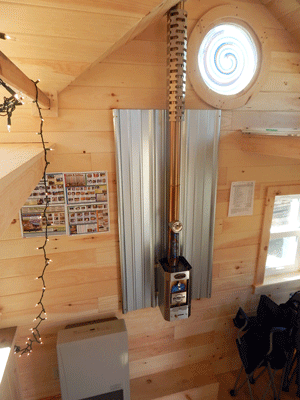
While fossil fuels are not a renewable resource, furnaces and boilers have come a long way in terms of resource conservation and efficiency. We typically resort to propane heaters as a backup rather than the main heating source in our tiny homes. You can pair a wood stove with a strategically placed wall-mounted propane heater. Installing these types of heaters in bathrooms or anywhere near plumbing pipes is a good idea to keep them from freezing. This can be essential when you aren’t around to feed your wood stove, say when you want to take a tropical vacation. For larger cabins, you may want to consider an oil-burning furnace with baseboards.
Other Ways to Efficiently Heat Your Home
If you are building a brand-new cottage there are additional ways to achieve lower heating costs. If you aren’t ready to replace an older unit these tips can still be useful for getting the most out of what you already have.
Smart thermostats are definitely a great solution. Zoned heating systems programmed room-by-room keep your heat down in under-used areas of your house. Base it on your schedule, frequency of use, and temperature preferences.
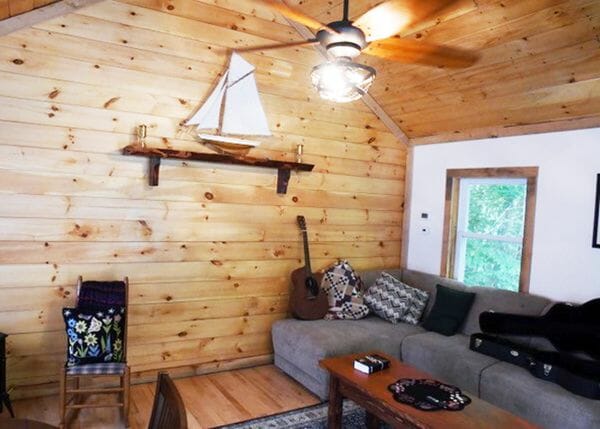
Insulation is another way you can lower your heating costs. If you are building one of our cottages, consider ordering a four-season kit. These kits come with everything pre-cut to fully insulate your building. Or shop around for other types of insulation that you can install yourself. Our four-season packages also include double pane windows and insulated doors. Windows can provide passive heat during the day since they allow sunshine to come in.
Conclusion
There are so many benefits to switching to a sustainable heating method that we can’t help but be excited about them. Lowered costs, limiting environmental impact, and keeping cozy all year are reasons to be happy. If you want to look for ways to efficiently heat your home, begin with this interactive map. To see which programs are available to you, click on your state.

